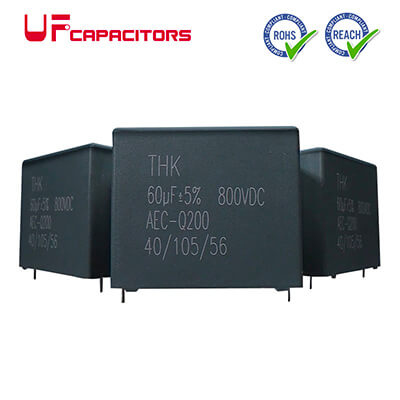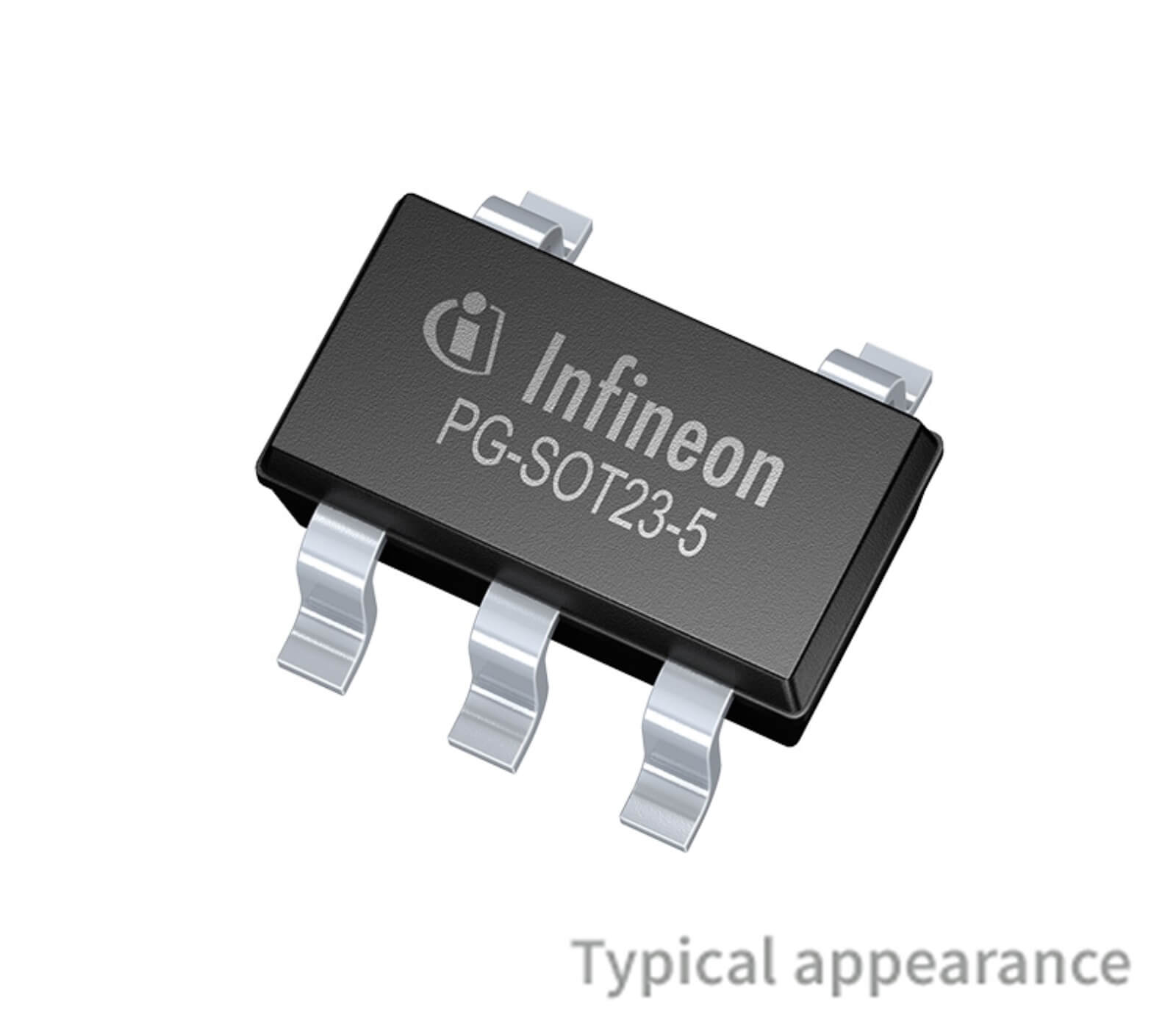As we delve into the realm of power technology, a pivotal question that inevitably surfaces is, “What is a switching power supply?” A switching power supply is a widely employed power converter in electronic devices, utilizing rapid circuit switching to achieve efficient energy conversion. In this context, comprehending the principles and operational mechanisms of switching power supplies becomes paramount. So, what exactly is a switching power supply? In essence, it is a power technology capable of efficiently transforming electrical energy by swiftly alternating the working state of the circuit.
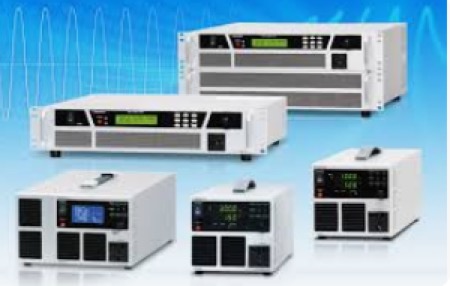
How the switching power supply works?
All electronic equipment requires electricity, and the power supply system is responsible for powering the entire circuit, and its importance is self-evident. In a general system, the power source is the mains power supplied by the grid, that is, 50Hz 220V AC power. Obviously, the mains power cannot directly charge the battery, nor can it directly supply the various power systems of electronic equipment. We need to perform voltage conversion on it so that it can output common voltages such as DC 5V, 12V and 24V to meet the power demand of the corresponding system. Below photo shows the circuit structure of converting mains power to the required direct current.

The input voltage may be unstable and the load may change, which results in unstable output voltage. In order to obtain a stable output voltage, a voltage stabilizing circuit (note: the input of the voltage stabilizing circuit is rectified mains power, so the voltage stabilizing circuit mentioned in this article is DC-DC) comes in handy. We can simply understand the voltage stabilizing circuit as a closed-loop automatic control system. The control object is voltage, and the control purpose is to still output a stable voltage when the input voltage or load changes.
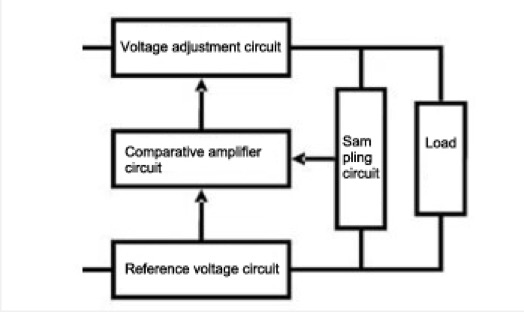
As shown in above photo, the voltage stabilizing circuit structure generally includes a sampling circuit, a reference voltage circuit, a comparison amplifier circuit, and a voltage adjustment circuit. According to the different voltage adjustment circuits, they are divided into linear power supplies and switching power supplies. A linear power supply means that its power tube device (such as a power BJT or MOSFET) works in the amplification area, and the voltage stabilizing circuit achieves a regulated output by adjusting the base current of the BJT or the gate voltage of the MOSFET. The switching power supply means that its power tube device BJT or MOSFET works in the saturation zone, and the circuit state is on or off. By adjusting the pulse frequency of its turn-on, or changing its signal under the condition that the frequency of the turn-on signal remains unchanged. The duty cycle (PWM) is used to adjust its output voltage, hence the name switching power supply. As below pic, it is a structural diagram of the switching power supply voltage stabilizing circuit.
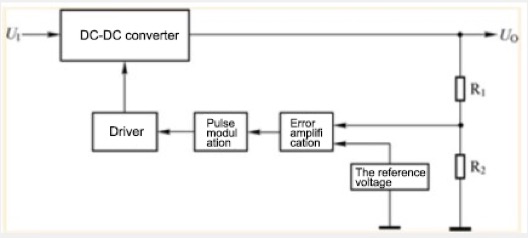
Compared with linear power supplies, switching power supplies have higher operating frequencies, usually tens to hundreds of kHz. Under high-frequency operating conditions, according to the physical characteristics of the transformer capacitor and inductor devices, the size of the switching power supply can be miniaturized if the same technical parameters as those used for low-frequency operation are adopted. In addition, since the power device works in the saturation zone, its loss is also very small. Therefore, when the linear power supply can generally reach an efficiency of about 50%, the efficiency of the switching power supply can reach 80%-90%.
In addition to USB chargers, common switching power supplies in life include laptop power supplies, LED advertising screen drivers, and TV power supplies.
Compared with linear power supplies, the biggest shortcoming of switching power supplies is noise. Since the noise generated by the switching action will interfere with the system and endanger the stable operation of the system, the design of the switching power supply needs to fully consider the noise suppression issue. However, with the advancement of switching power supply-related devices and control technology, the performance of switching power supplies is getting higher and higher, and it is widely used in industrial, medical and other fields besides consumer electronics.
Analysis of the development direction of switching power supply
High frequency switching power supply is the direction of its development. High frequency makes switching power supply miniaturized and allows switching power supply to enter a wider range of application fields, especially in high-tech fields. It promotes the development of switching power supply. Every year, it is The growth rate of more than double digits is developing in the direction of light, small, thin, low noise, high reliability and anti-interference.
Switching power supplies can be divided into two categories: AC/DC and DC/DC. DC/DC converters are now modular, and the design technology and production process have been mature and standardized at home and abroad, and have been recognized by users. However, The modularization of AC/DC, due to its own characteristics, encounters relatively complex technical and process manufacturing problems in the process of modularization.
In addition
The development and application of switching power supplies are of great significance in saving energy, saving resources and protecting the environment. The MLCC, Electrolytic capacitors, Inductors, IGBTs, MOSFETs, etc are widely on the power supply application.
Topdiodes Capacitors, focus on Capacitors, Inductors, Resistors production, the ISO9001:2015 and IATF16949 certified factory. Own 5 advanced production lines, have complete quality control system, and advanced chip capacitors technology in China, can provide you quality parts, with REACH RoHS compliance.



